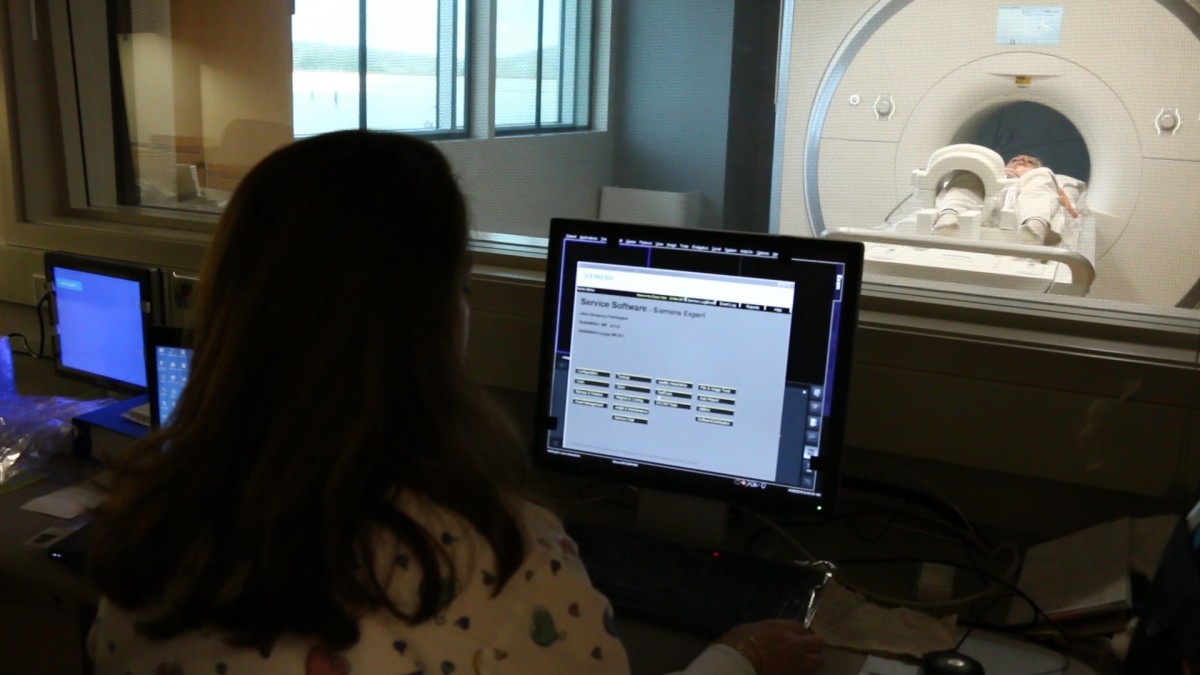
An imaging technique now available at UConn Health is reducing the need for biopsies in patients who may have chronic liver disease.
The recently installed magnetic resonance imaging (MRI) machine has a capability known as elastography, which measures the stiffness of the liver using mechanical waves.
“A stiffer liver will have different characteristics, which can indicate fibrosis or cirrhosis, or acute inflammation associated with hepatitis,” says Dr. Marco Molina, UConn Health radiologist. “MR electography allows us to assess the stiffness of the liver without having to biopsy.”
This approach also enables physicians to monitor the liver’s response to treatment, which can be helpful in determining when liver inflammation is progressing toward fibrosis or cirrhosis.
“A wide range of patients can benefit because there’s no invasive quality to this,” Molina says.
UConn Health has the only radiology practice in the central Connecticut region equipped with magnetic resonance electrography.
More information about the UConn Health Department of Diagnostic Imaging and Therapeutics is available at health.uconn.edu/radiology.



